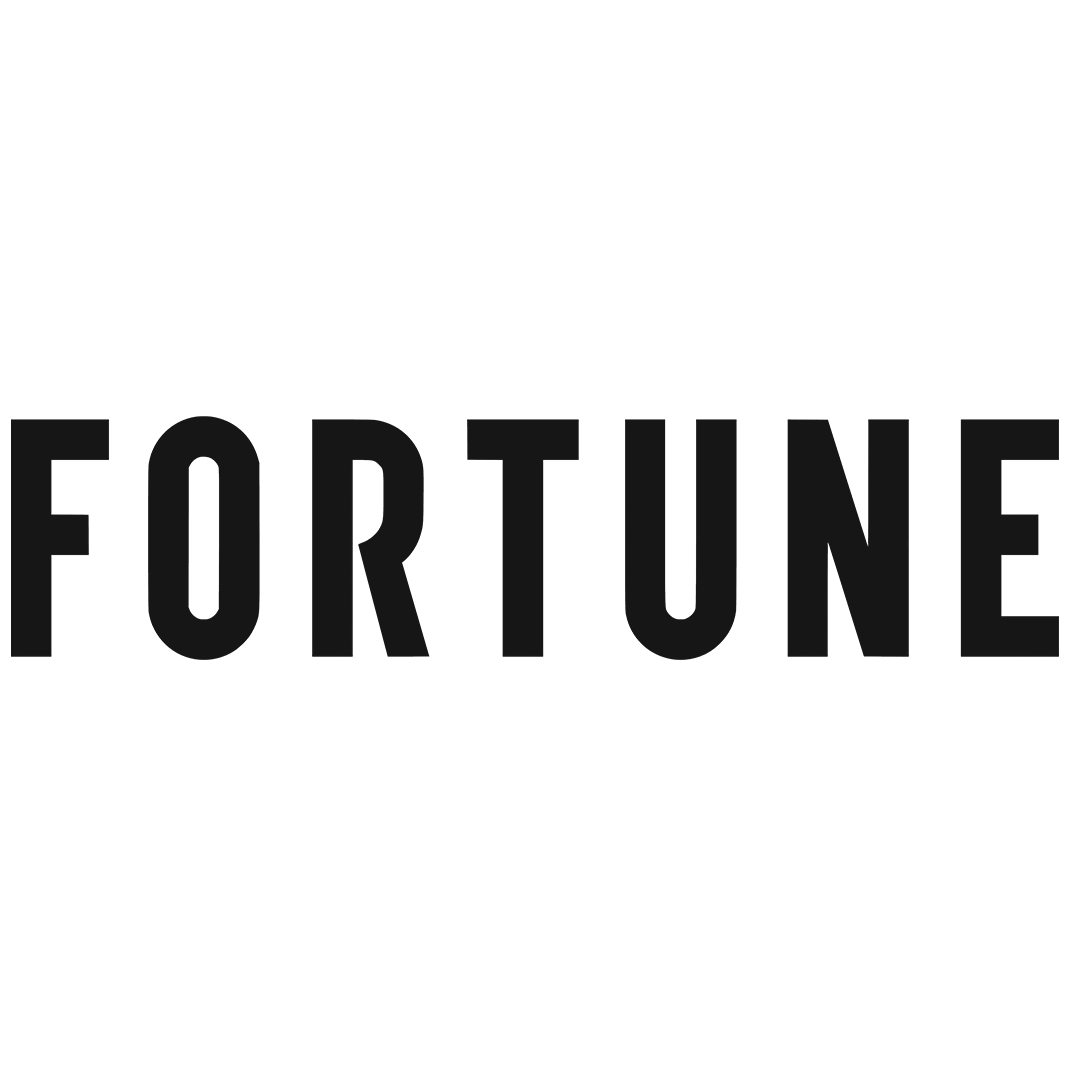Connected TV Advertising Agency












If you need connected TV advertising to grow your business, this is for you. Before running your CTV campaign consider these factors.
The Brill Media team has collectively spent over $32MM in advertising to deliver consistent business growth with targeted advertising.
Consumers see connected TV ads when they watch ad supported streaming content, such as on Hulu, Roku, Peacock, Paramount+, DirectTV, and Amazon Fire TV. As Netflix and Amazon Prime onboard ad supported subscription tiers, ads will be available on those platforms as well.

Connected TV ads should be considered to be part of an overall advertising strategy. In many cases connected TV ads are used for top of funnel advertising, designed to generate demand for your business. This channel needs to be seen as a part of an overall advertising strategy, which your CTV agency will help you with.
If top of funnel media is going to generate demand, key follow-up questions should be about how your business will scoop up that demand with bottom of funnel tactics.
There are a multitude of effects resulting from connected TV top of funnel advertising. They include:
There are a number of ways to deploy CTV advertising for bottom of funnel advertising to drive immediate leads and sales for clients. Focus on the following factors to generate leads and sales with connected TV:
1. Ad Pricing
As with many direct response media channels, pricing is going to be a factor for success. When looking for immediate response from a CTV campaign look for pricing opportunities. While testing will always need to happen across media price points, consider that lower CPM media will give you more ads in market and more opportunities to drive sales.
2. Targeting
Deliver 15- and 30- second video ads to people most likely interested in buying immediately. Deploy data from partners that allow for targeting to purchase intent, to people who have expressed interest in your product based on recent site visits, and to those who are in consideration for competitive businesses. Target people most likely to buy immediately.
3. Messaging
Where top of funnel media will be focused on brand messages to create allure and interest for a brand, bottom of funnel CTV ads will focus on immediate action. The video ads should talk about products, services, buying options, and immediate calls to action.
4. Immediate Calls to Action
Give viewers of your ad the ability to take immediate action. There are four ways to allow people to take immediate action on your connected TV ads:
The mechanics of connected TV attribution are quite straight forward with existing technology.
All of these actions are connected by the home IP address. So, when a user watches your connected TV ad, then visits the website, and then purchases, all of those actions are tied to a household identifier. This way, there is a direct connection between connected TV ads and actual site purchases.
There are additional ways to measure CTV ad performance as part of a larger advertising campaign:
1. Incremental Lift
CTV, combined with other media (social, search, display, linear TV, etc), creates stronger and longer lasting relationships with consumers. According to Freewheel 77% of incremental ad reach comes from users watching connected TV ads. This reach is in addition to the people in your core audience who see your ads across other advertising channels, such as search, display, or social.
To measure incremental lift leverage The Trade Desk’s iSpot incremental reach reporting. You’ll get a clear report of the new audiences your connected TV campaign has reached.
2. Brand Lift
Brand lift studies seek to measure the impact of connected TV in the recall and relevancy of a brand among a consumer set. Notably, these studies identify the likelihood of purchases as a direct result of seeing a connected TV ad. Companies including Simulmedia, Lucid, and Upwave integrate connected TV brand lift studies.
3. Inferred Brand Intent
Another way to look at the effectiveness of CTV advertising is to measure browsing behavior before and after the CTV ad campaigns run. This measurement helps advertisers understand whether consumers are more apt to interact with the advertiser’s website after seeing connected TV ads.
4. Offline Measurement
Especially relevant to businesses that sell in offline or retail locations, offline measurement integrates connected TV with sales and foot traffic to locations.
To get location data, partner with companies such as Placed and CubeIQ. These companies will look at the household identifiers for people who saw your connected TV ads, and compare that list of data with those that walked into your physical location. If a person is on both lists – saw your connected TV ad and also walked into your physical location – there can be attribution back to your connected TV ads. This attribution is done automatically, with technology.
To get sales data work with a point-of-sale partner such as Catalina and IRI. These partners supply shopper data for advertisers to measure connected TV ads to offline sales.
5. Retail Sales Measurement
Work with retailers to supply their direct shopping data to understand when a person saw your connected TV ad, and then bought from a major retailer such as Kroger, Walgreens, and Walmart.
1. Very Targeted for High-Ticket Customers (Sports)
For a major league sports franchise on the East Coast Brill Media deployed targeted connected TV ads to the zip codes containing the highest composition of season ticket holders, in order to sell more season tickets for the upcoming season. These ads were combined with similarly targeted digital out of home advertising, display banners, and Meta ads to acquire high-ticket customers. Season tickets sold fast despite the team’s less than stellar season.
2. Broad Targeting to Create New Demand (CPG)
For a consumer packaged goods (CPG) advertiser Brill Media targeted users across the United States who are accessible through a target audience segment via Lotame, a top data provider. Additional components of the campaign included search and social advertising to generate in-store sales interest.
3. General Demand (Legal)
For a legal group on the West Coast Brill Media ran connected TV ads to low household income consumers to generate awareness. Since this was a demand generation campaign additional tactical elements were used to generate sales, including social and search advertising. The client saw an uptick of branded searches as part of their campaign.
How much should you be spending on CTV ads?
This question is part of a strategic need for the business. Brill Media recommends targeting a niche group of users either by geography or audience data if the budget is $5,000 per month. Certainly, depending on business goals and volume of sales needed there is a case to be made for national advertising being $1MM or more, annually.
To determine the amount of ad spending on connected TV consider:
In many cases the resulting spend amount is far higher than an advertiser will feel comfortable spending on advertising. In that case lower the monthly spending to an amount you feel comfortable with.
It’s important to know the CTV targeting capabilities that exist in the for CTV advertising:
1. Data Targeting
The biggest value connected TV ads offer advertisers is the opportunity to use digital consumer data to target ads. Just like Meta advertising, display advertising, and other digital channels, the targeting for connected TV ads can be driven to a very granular level. If you have run other digital advertising in the past, you know just how granular this data can be. Consider this granular data targeting for your connected TV advertising. These data sets can include:
Inside The Trade Desk, the best ad buying platform on the market for connected TV ads, there are over 220 different data companies, with over 1 million consumer data segments. More data segments can be onboarded at any time for custom granular targeting.
2. Contextual Targeting
Ads can be delivered to people watching specific types of content, including family-friendly content, news, live sports, and entertainment. Messages can be delivered to people watching ads from specific media networks, such as Disney, Marvel, Paramount, and Fox.
3. Custom Audiences
Leverage the power of your email address list to serve connected TV ads. These lists will be delivered in two key ways:
4. Geographic Targeting
Deliver ads based on the country, state, demographic area, city, or zip codes where your customers are. Your ads can also be hyperlocal, delivering to people in a specific neighborhood.
5. Device
Target ads based on the type of device consumers are watching, such as smart TV, streaming device like Roku, or a gaming console like Xbox. Even more granular targeting is enabled when targeting by device brand name (Roku vs Amazon Fire TV), or channel network (Roku vs Hulu vs Paramount+).
6. Demographic Targeting
Target people based on age, gender, income level, education, and occupation. While age and gender are standard across linear television, you can see there are substantial opportunities to reach your core audience at scale.
7. Targeting Limitations
For a business with experience running linear TV ads on broadcast television or cable TV, it will come as a surprise that connected TV ads cannot be targeted to individual shows.
For most consumers how media gets streamed to them isn’t as relevant as the quality of content, convenience, ease of access, and value proposition. But, for those of us in the advertising business it’s good to know how streaming ads get to the consumer.
There are five general categories for connected TV media, and their ads, to reach consumers:
1. Smart TVs
Most new smart TVs have the ability to connect to the internet, and provide access to top streaming platforms like Netflix and Amazon Prime.
2. Streaming Devices
Many consumers access all the major streaming networks through a streaming device. Top devices include Roku, Apple TV, and Amazon Firestick TV.
3. Gaming Consoles
Users will sometimes access streaming platforms like Netflix and Amazon Prime from their gaming consoles, like PlayStation and Xbox.
4. Virtual Cable Networks
These are officially called Virtual Multichannel Video Programming Distributors (vMVPD). When a consumer pays usually about $70+ per month to YouTube TV, Hulu+ Live TV and Sling TV they are buying vMPDs. Similarly, consumers buying cable packages without the physical cable from DirecTV, Comcast Xfinity, and Spectrum, are buying cable via MVPDs. If this feels unnecessarily complicated, it is, but it has minimal impact on your connected TV advertising campaigns.
5. Browser-Based Video
It’s possible to watch Netflix, Hulu, and Amazon Prime through a users browser on a computer.
According to Insider Intelligence connected TV advertising is $25.09B in the US in 2023. Compare that to traditional TV at $61.31B, and you see a trend that linear TV is in decline, and ad supported streaming advertising is ascending.
87% of US households have at least one internet connected TV device, according to Leichtman Research Group. 46% of US adults watch video via a connected TV device daily.
According to Mountain Research, 65% of connected TV viewers will also scroll on their mobile device while watching connected TV, which is a great way to engage consumers to purchase on multiple devices.
For advertisers, these statistics reinforce the opportunity to reach buyers at scale with CTV campaigns.

These are the top connected TV channels by ad spend.
Via Statista data delivered October 2021.
You will also see in the statistics that video advertising on CTV is growing faster than forecasted. In the October 2021 report from Insider Intelligence the total US CTV advertising spend totaled $24.21B, whereas the report from 2023 shows connected TV ad spend at $25.09B for 2023.
Connected TV ad campaigns should be viewed by advertisers large and small as another channel to create demand and drive sales. Deploy granular consumer targeting data to reach just your best customers, with limited advertising waste outside of your core audience group. With larger budgets seek to generate demand at scale, especially as linear TV advertising scales down. Work with attribution partners that can provide a direct feedback loop between your connected TV advertising and real sales.
Finally, work with Brill Media to make your advertising investment go far with a strategic insight into the methods and practices that drive sales. Use top of funnel demand to create interest, combined with bottom of funnel tactics that include search and social to capture sales.
Work with senior advertising professionals who keep clients informed through every step of their advertising campaigns.
Unlock comprehensive paid media scaling systems to propel your business growth. Leverage 37 ad different platforms, over 1MM data segments, and 220 top data companies.
Maintain 24/7 access to your campaign details with an interactive dashboard that updates daily.
Use the methods and practices that work right now to grow businesses with a team on the front lines of digital advertising.
Supercharge your performance media buying 🚀



